per the LA Times:
The panel overseeing the Los Angeles Memorial Coliseum and Sports Arena voted Friday to continue a moratorium on new raves at the venues.
The board said several previously scheduled raves will be allowed to continue later this year. But those raves will face new restrictions, including banning minors from attending them.
[Updated at 8:55 p.m.: In front of a packed meeting room, members of the Los Angeles Coliseum Commission told rave producers that the three upcoming events, on Aug. 21, in October and on New Year’s Eve, offered them one last chance to clean up their act. The safety of the two-day dance parties came under question after the suspected drug overdose death of a 15-year-old girl June 29 at the Electric Daisy Carnival, which had an age limit of 16.
“You’re on probation,” Coliseum Commissioner David Israel told Pasquale Rotella, founder of Insomniac Events, which produced the Electric Daisy Carnival where Sasha Rodriguez apparently overdosed. “The question is whether you wind up gone or back in society.”
The commission — the joint state, county and city board that oversees the venue and whose meetings rarely draw more than a handful of people — also ordered that future raves enforce a strict age limit of 18 by checking identification; hire a team of emergency room doctors to work on site; and warn rave-goers about the dangers of the illegal drug Ecstasy, which is seen by some rave attendees as an integral part of the experience.
Los Angeles County Supervisor Zev Yaroslavsky said he would have liked to go further, and postpone all future raves immediately, but has been told by the Coliseum’s lawyers that the venue is contractually bound to host them.
Yaroslavsky challenged Rotella and other rave producers to move the culture of raves away from celebrating the use of Ecstasy, the illegal stimulant and hallucinogen suspected of causing Rodriguez’s death.
“You know you’ve got Ecstasy and other drug problems at these concerts.… You have influence over what your acts are saying. Can’t you put your thinking cap on and create a new dynamic in the arena?” Yaroslavsky asked. “Do something proactive … that keeps your patrons alive.”
Rotella declined to respond. His lawyer, Simon Rust Lamb, said Rotella’s company has hired a consulting firm to review its safety and security protocols.
Los Angeles City Councilman Bernard Parks defended the events, saying he believes only about 5% of attendees engage in illegal acts.
“There are no perfect events,” he said. “I don’t think we should leave here thinking that we will have things in the future with no incidents.”
Rotella subsequently read a prepared statement that said Insomnaic’s fans “deserve only the best, whether it be the world-class artists we bring to Los Angeles or the industry-leading security measures we have implemented to make sure they safely enjoy themselves.”
Some members of the audience applauded the decision to give raves another chance.
Tess Fish, 20, a UC Davis student back in Los Angeles for the summer, called these raves “our generation’s Woodstock.”
A ban “would be really sad. It would be a huge impact to the SoCal raver scene,” Fish said.
On the other side, Aisha Armer, 19, of Laguna Niguel said the Coliseum needs a ban to protect young people.
Armer said she attended the Electric Daisy Carnival in 2009 and took Ecstasy because all of her friends were doing it.
She later had a massive convulsion and wound up at Good Samaritan Hospital, where she suffered multiorgan failure, four strokes and fell into a two-month coma, said her mother, Debbie Macaluso.
Only recently did Armer relearn how to walk and talk.
“Everyone knows you take drugs at this rave,” Armer said, her slowed speech showing the effects of the strokes. ”I want to prevent this from happening to other people. As long as these go on, people are going to get hurt.” ]
Emergency room physicians in recent weeks have called for a ban on raves at the two venues, saying that use of the illegal drug Ecstasy is widespread at raves and that those who overdose flood nearby hospitals, putting them at risk for critical illness and death.
The Coliseum and Sports Arena, which are on state land, operate on event revenues and receive no taxpayer subsidy. Raves — electronic music events that can last 12 hours and feature nonstop dancing — are highly profitable, and the Coliseum or Sports Arena has held four each year since 2008: the Electric Daisy Carnival in June, the Love Festival in August, Monster Massive around Halloween and Together as One on New Year’s Eve. In response to a public records act request from the Los Angeles Times, the Coliseum management declined to disclose how much it was making from each rave, saying that maintaining confidentiality is critical to keeping the Coliseum competitive in seeking event bookings.
It is clear, however, that raves are big business. The number of attendees has increased dramatically in recent years. In 2009, the Electric Daisy Carnival attracted about 135,000 people over two days; this year, 185,000 attended — the highest number any such rave has attracted since the Coliseum and Sports Arena began hosting the events in the 1990s.
The cost to attend the Electric Daisy Carnival on June 25 was $75 while the cost June 26 was $85; a ticket for both days was $149.
–Rong-Gong Lin II reporting from the Los Angeles Memorial Coliseum



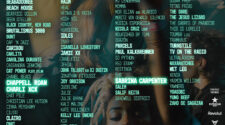
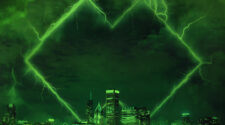

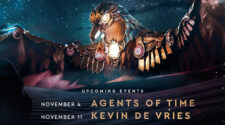
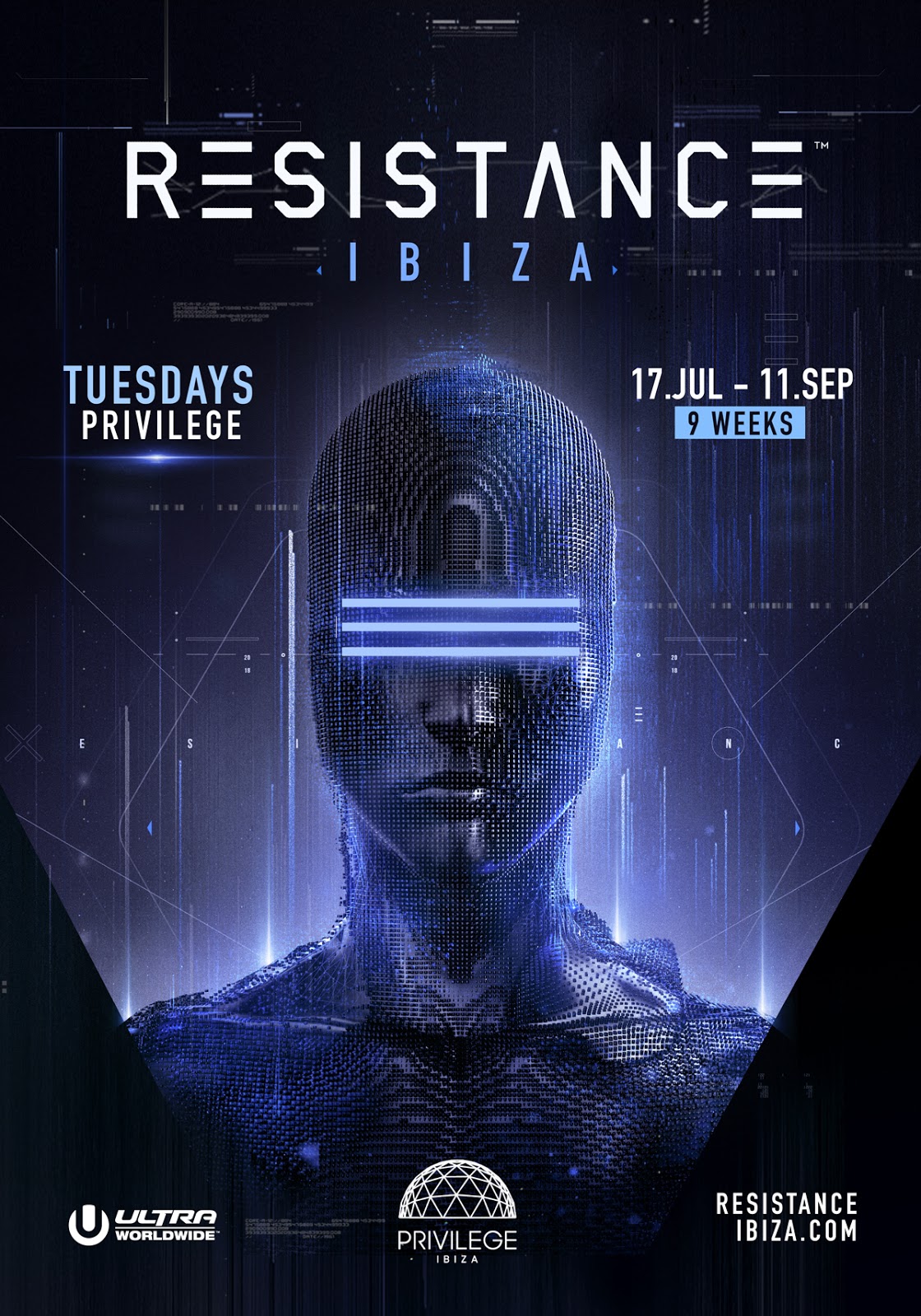
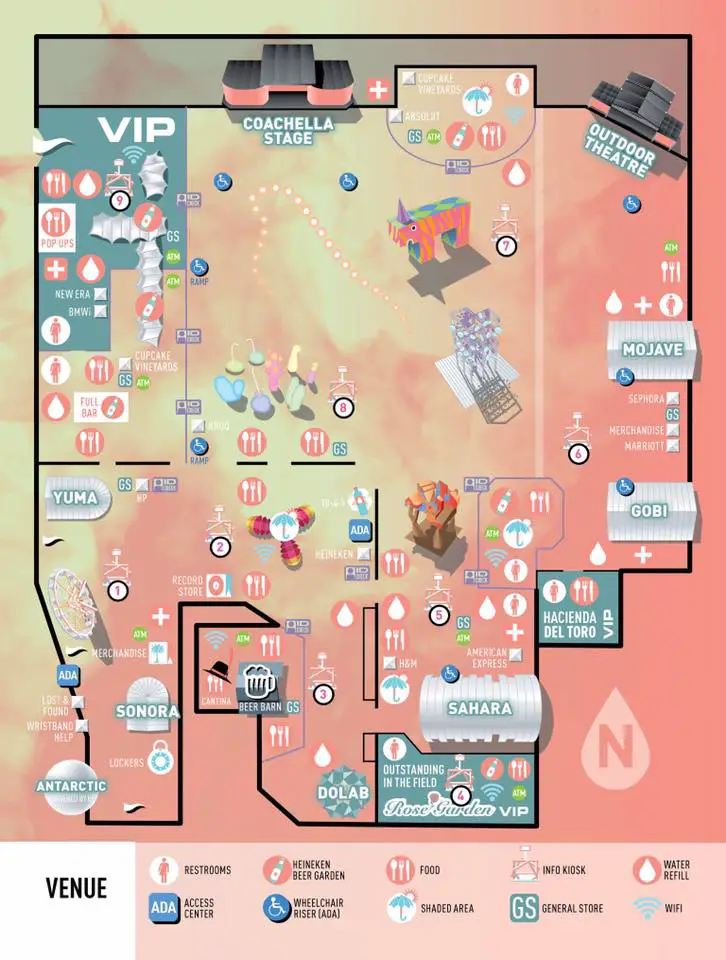
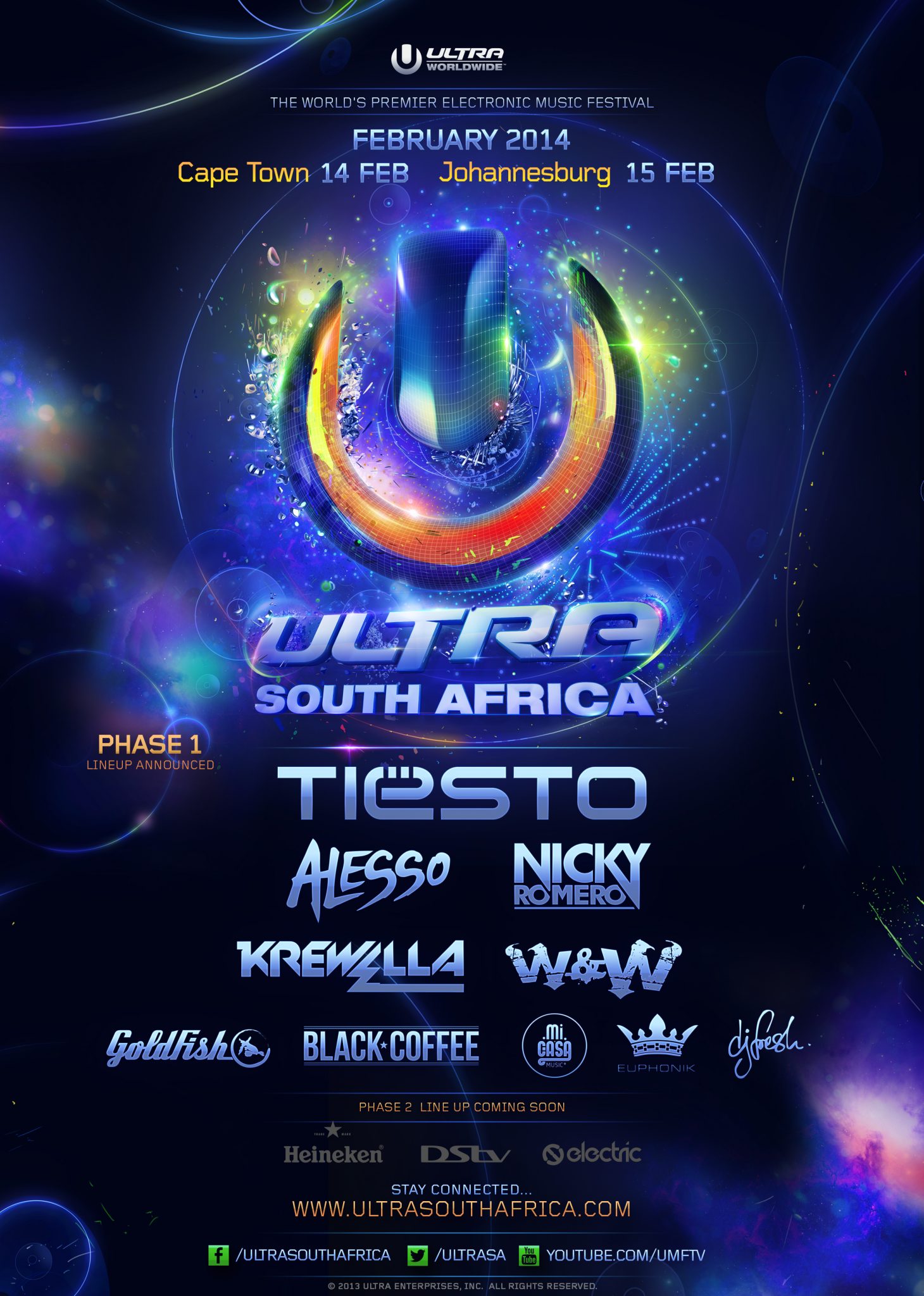



No Comment